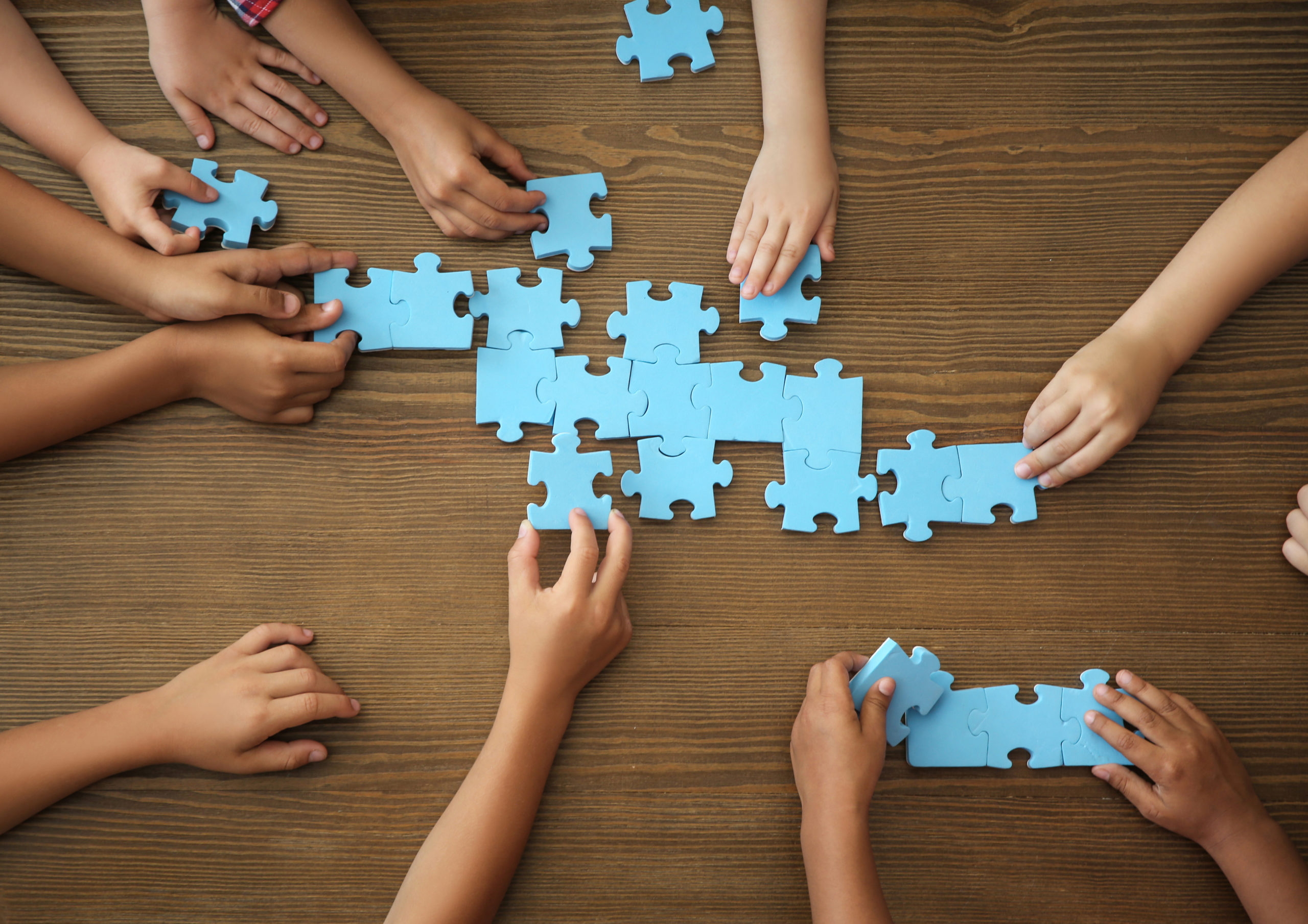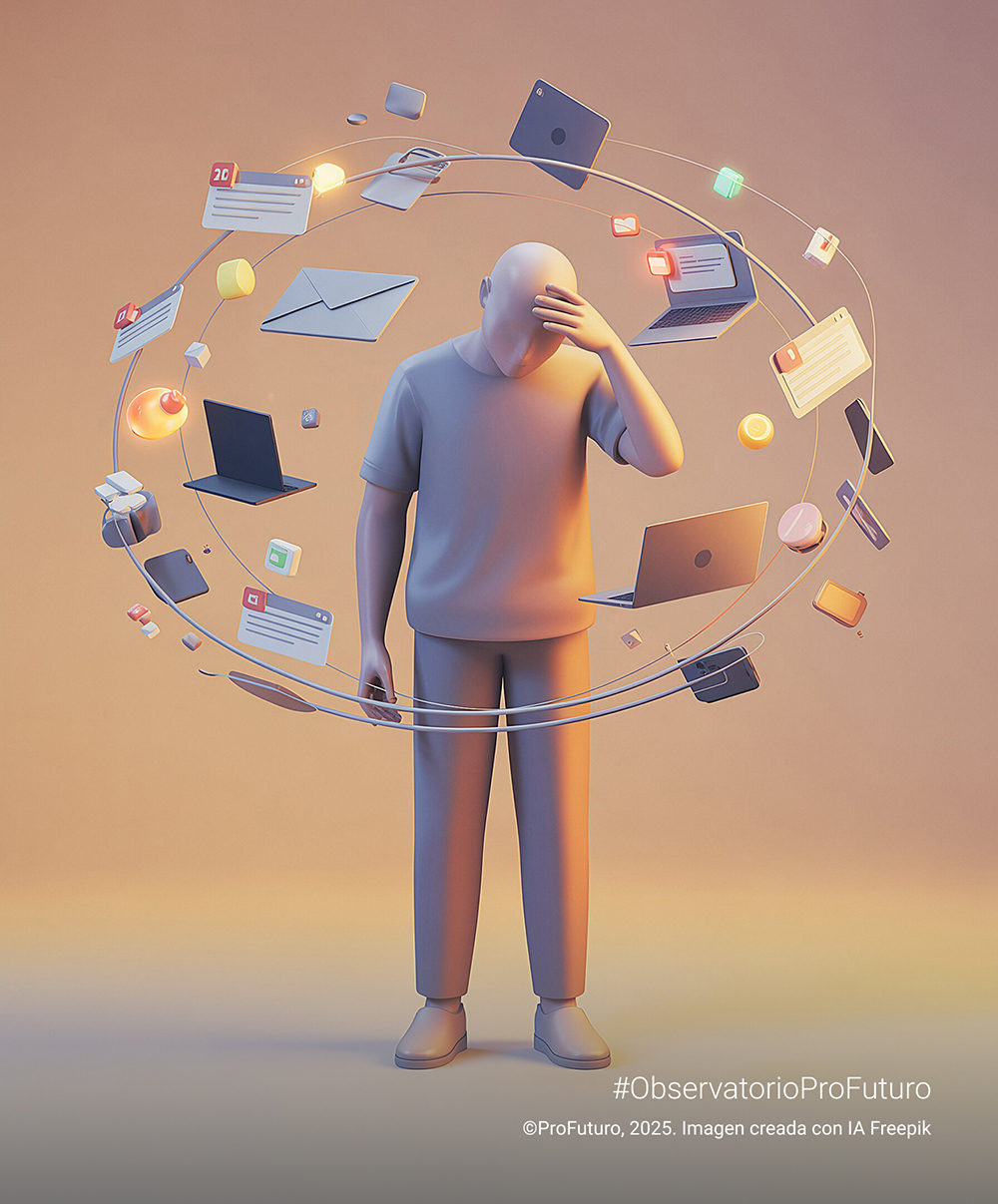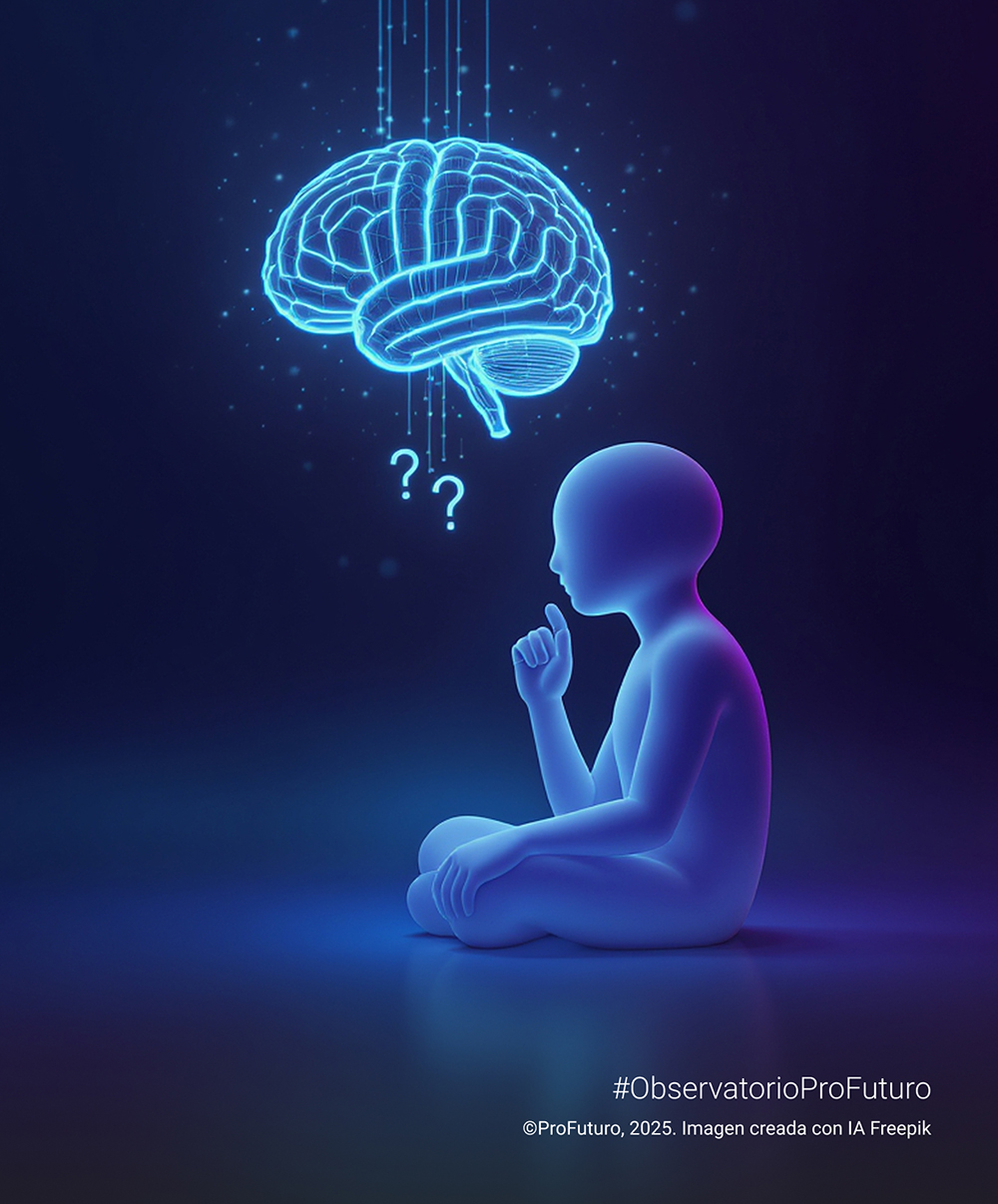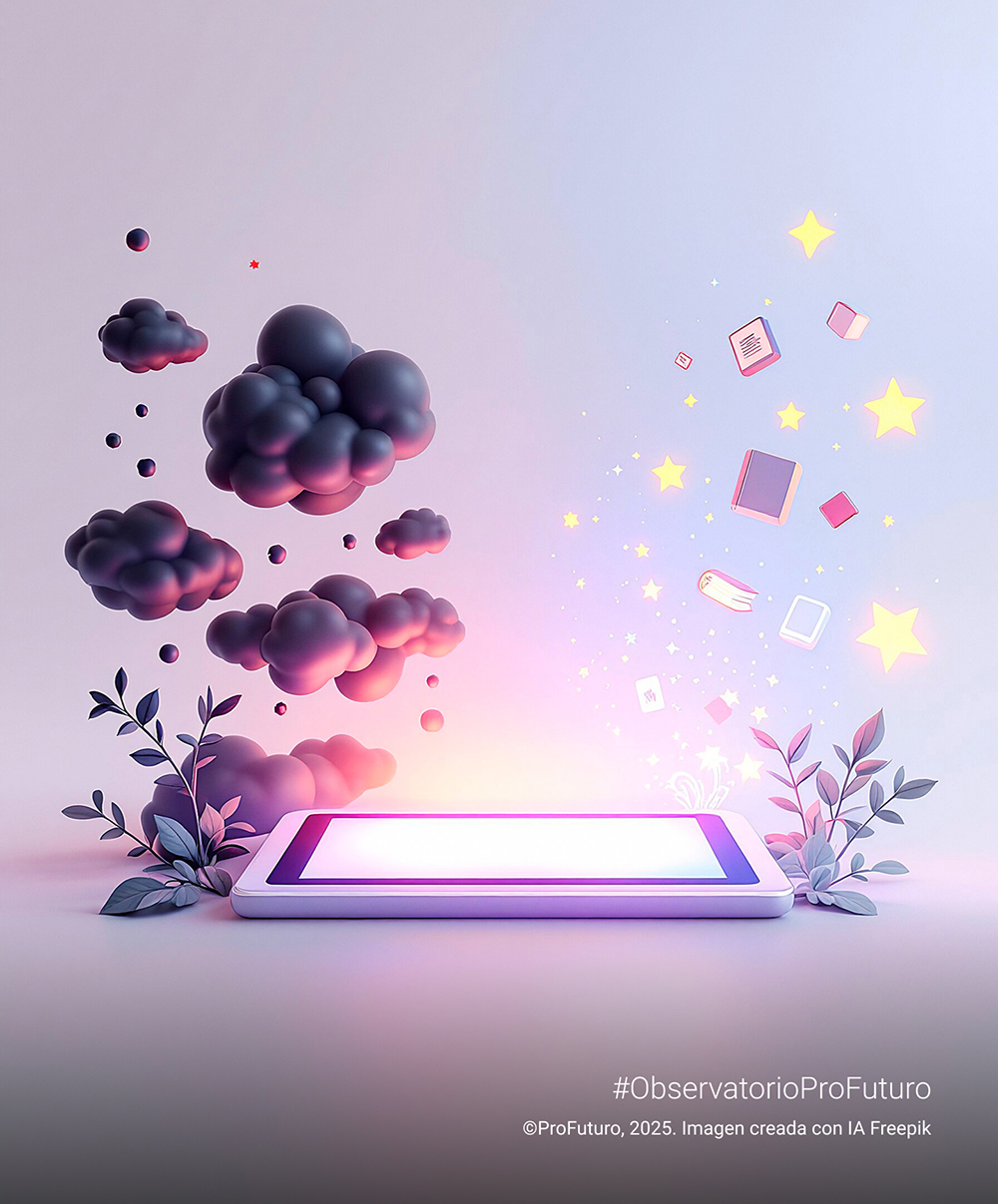We’ve already seen how computational thinking and the processes involved are fundamental to how we get by in current-day society. We’ve also seen how at ProFuturo we constructed a definition of computational thinking that helped us to put together our pedagogical proposal; we’ve also seen how this proposal was related to the Framework for Competences for Learning and Educating in the Digital Era and how we specified the competences and skills to be addressed in our project. Having established the more theoretical framework, in this article we wish to explain how we’ve structured the contents of the program and designed and classified them in a way that facilitates their incorporation into a wide range of educational contexts.
Thus, the contents of our computational thinking program are divided into three pathways that range from lesser to greater degrees of complexity and autonomy, depending on the teacher’s style, which we’ve called Transforming the classroom, Impact on the environment and Entrepreneurship.
- Transforming the classroom (Pathway 1). The proposals of this pathway are focused on developing projects and initiatives capable of having a transformational effect in the classroom. It’s the most suitable pathway for teachers and students with little experience of computational thinking, as it covers the basic concepts and doesn’t require any sophisticated technological deployment. It consists of digital activities for working on what’s known as “disconnected programming”, activities that allow the study of computational thinking processes such as decomposition (by means of puzzles), algorithms (making a recipe, etc.) and so on. In fact, many of the proposals operate offline or don’t necessarily require the use of ICT, so they can be covered at practically all the schools that ProFuturo works with. For example, one of the experiences in this pathway consists of the planning and construction of a green space in the classroom. To develop it, the students will have to do research to decide which plants are the most suitable for the environment, how they’re grown and what the most appropriate place for locating the space is. The learning proposal is basically instructional, so it’s also highly suitable for teachers who are beginning to introduce elements of educational innovation into their classrooms.
- Impact on the environment (Pathway 2). The teacher’s role as a guide will be essential in this pathway. The concepts already introduced in Pathway 1 are developed, studying them in greater depth and applying them to the school environment with the intention of ensuring that the projects carried out have a greater impact. This pathway covers methodologies such as tinkering (a style of work that encourages the students to adjust, work on and improve their ideas, constantly experimenting with new options) and introduces the creative use of equipment (such as robotics kits, apps, etc.), as a result of which it will be important to have access to this equipment for many of the proposals.
- Entrepreneurship (Pathway 3). As its name suggests, this pathway focuses on the conducting of activities during which the students can design a project autonomously, with the teacher’s assistance in resolving any queries or clarifying concepts. The proposals are focused on capitalising on the technologies inherent to a Maker space, such as 3D printers, robotics kits, etc. One example of an experience within this pathway is the development of a project consisting of the reuse of an element to which interactivity is given using an electronics kit (e.g. an old T-shirt to which sensors are added to give off light) or 3D design.
The experiences prepared for study within each of these pathways are designed for up to seven different scenarios, ranging from the most disconnected one (in fact, all the itineraries include experiences that can be worked on completely offline) to the most technological one with access, for example, to a FabLab.
Six topics, several levels and an “experience recommender”
Within each of these pathways we’ll find six different learning experiences that correspond to the six topics we propose to cover. These topics were selected with a view to seeking a cross-cutting approach. At ProFuturo we wanted them to be related to a current social challenge that could be resolved by children by means of technology. Thus, the environment, means of transport, personal health, effective communication, responsible consumption and energy efficiency were selected.
The program has been designed for children aged six to twelve and, therefore, in order to facilitate the work on each of these thematic experiences (six per pathway), there are different levels of difficulty that allow it to be adapted to the particular needs of the teachers and pupils. These have been based on levels of reading comprehension and are three in number: pre-readers, readers and comprehensive readers. Thus, the first two itineraries include six experiences, with three levels each, which are reduced to two in the last itinerary.
Finally, to ensure that the proposal can be adapted rapidly and effectively to the vulnerable contexts in which the schools that ProFuturo works at are located, an experience “recommender” has been developed to suggest to teachers the experience that best suits the needs of their school, the resources they have, the topics they should cover and the level of their students (and their own).
The end result is a proposal that allows us to offer, in a granular and progressive manner, almost 50 different learning experiences that the teachers can take to their classrooms in a simple and customisable way, taking into account their needs, those of their students, the equipment available at their schools, etc. The ultimate purpose of this design is to enable all the ProFuturo schools to work on computational thinking in a thorough manner, based on a conceptual and competential framework validated by experts, so that children in the most vulnerable situations can develop the necessary skills to get by suitably in the society of the future.






